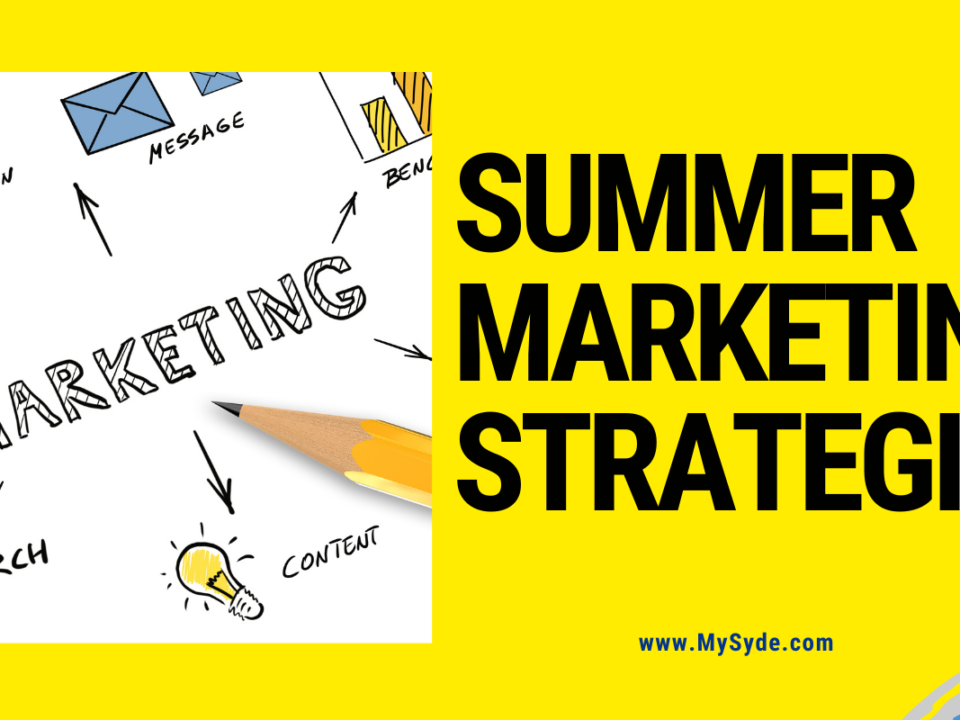
Is there a Recession on the Horizon, or Will we Recover?
May 10, 2023
Sales without Selling; My Secret To More Sales, Part 2
June 1, 2023Solutions with Impact; My Secret To More Sales, Part 1.
You’ve created solutions with impact. You’re excited about your product or service. It’s your baby. Your idea. It’s your solution.
You should be excited!
But I have news for you: excitement doesn’t sell. Don’t get me wrong. Your excitement does create engagement with your potential client or customer. But, it does not sell.
I am an extrovert, and my energy can be contagious. When I get excited about something I have to offer, my passion and energy often take over. For years, I expected this would be enough to convince people to buy my services. In some cases, it did.
But, my energy did not create sustainable sales.

Sales techniques that work
That is when I had to relook at my “sales technique.” I put that in quotes because I discovered my excitement towards my services was not really a technique. It actually became a crutch.
When I didn’t sell, I’d wonder why. I’m excited about this. Everyone else should be, too.
Well, that’s not how life works. So I had to rethink my sales techniques and figure out something more effective. That’s when I discovered IISB.
Solutions with Impact
IISB is quite simple. It stands for:
- Issue
- Impact
- Solution
- Benefit
This is not the only sales acronym out there, but this made the most sense to me. Over the course of the next few blog posts, I will describe in detail what each letter in IISB means.
So let’s delve right into it.
Impact Questions and Answers
ISSUE
Part of being an effective salesperson is to get to know your potential client. And this starts with asking questions. What are the issues they are dealing with? What struggles do they have? Never, ever assume you know the answer to these questions.
When you name their issue, they are immediately turned off. You don’t even bother to get to know them and ask.
Not only that, don’t just assume that your solution is the right solution for their issue. It could be. But you have to create buy-in first. Show your sympathy for what they are actually dealing with.
At this point, you are not talking about you or your product or service at all. It’s all about them. What are their pain points? Is it difficult for them to find time to maintain the backyard or pool? Are they in need of a special gift for a special someone? Spend time asking questions to discover what their issue is.

Creating Solutions with Impact
You need to know their issue to offer a solution and your solution effectively. Spend time on them first. Name their issue.
At this point, you might assume that you have enough information to provide your solutions with impact. Well, you’d be wrong. That’s part 3. Don’t skip part 2!
In the next post, we will explore how their issue impacts their lives in real and concrete ways and how that information is vital to getting a potential client to buy into you and your solution.





